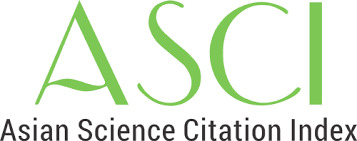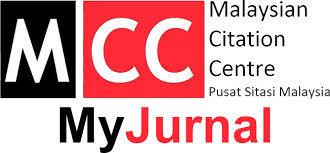SUMBANGAN SYEIKH ZAIN AL-’ABIDIN BIN MUHAMMAD AL-FATANI DALAM BIDANG PENTERJEMAHAN HADITH [THE CONTRIBUTION OF SHEIKH ZAIN AL-’ABIDIN BIN MUHAMMAD AL-FATANI IN THE FIELD OF HADITH TRANSLATION]
Keywords:
Syeikh Zain al-’Abidin Bin Muhammad al-Fatani. Ulama, Patani, HadithAbstract
Abstrak: Syeikh Zain al-’Abidin bin Muhammad al-Fatani adalah salah seorang daripada ulama Patani yang aktif berkarya. Karyanya yang sangat terkenal ialah Aqidah al-Najin dalam bidang usul al-din dan Kasyf al-Litham dalam bidang fiqh. Penulis telah memilih untuk mengkaji hadith dan menilai dan menganalis hadith-hadith dalam salah satu karyanya yang tidak kurang hebatnya iaitu kitab Kasyf al-Ghaibiyyah yang membincangkan tentang kejadian adam, manusia, malaikat, kematian, alam kubur, tanda-tanda kiamat, padang mahsyar, surga dan neraka. Banyak hadith-hadith dikemukakan sebagai hujah disamping ayat-ayat dalam al-Quran. Tetapi hadith tersebut kebanyakkannya tidak disertakan matan dan tidak dijelaskan statusnya sama ada sahih atau tidak sahih, sedangkan persoalan akhirat adalah persoalan akidah yang memerlukan dalil daripada sumber yang kuat dan sahih. Penulis telah mengkaji sebanyak dua ratus dua (202) hadith dalam kitab ini dimana seratus lima puluh sembilan (159) hadith atau lapan puluh peratus (80%) daripadanya adalah hadith yang diterjemahkan ke bahasa Melayu tanpa matan arabnya. Hanya empat puluh (40) hadith iaitu dua puluh peratus (20%) hadithnya disertakan matan dan terjemahannya dalam bahasa Melayu..
Abstract: Sheikh Zain al-’Abidin bin Muhammad al-Fatani is one of the prominent Patani scholars active in his work. His most famous works are Aqidah al-Najin in the field of Usul al-din and Kasyf al-Litham in the field of fiqh. The author chose to study the hadith, assess and analyze the hadiths in one of his well-known work, the book of Kasyf al-Ghaibiyyah, which discusses the creation of Adam, humans, angels, death, the barzakh, the signs of Doomsday, The Land of Gathering (Mahsyar), heaven and hell. Most hadiths are presented as adducing to the verses in the Qur’an. Nevertheless, most of the hadiths are not accompanied by their matan, and their status is not explained whether it is authentic or not authentic. At the same time, the question of the hereafter is a question of faith that requires evidence from trustworthy and authentic sources. The author has reviewed a total of two hundred and two (202) of the hadith in this book where one hundred and fifty-nine (159) hadith or eighty per cent (80%) of them is the hadith which translated into the Malay language without its Arabic matan. Only forty (40) hadiths, which is twenty per cent (20%), included hadiths’ matan and its translation in Malay..













